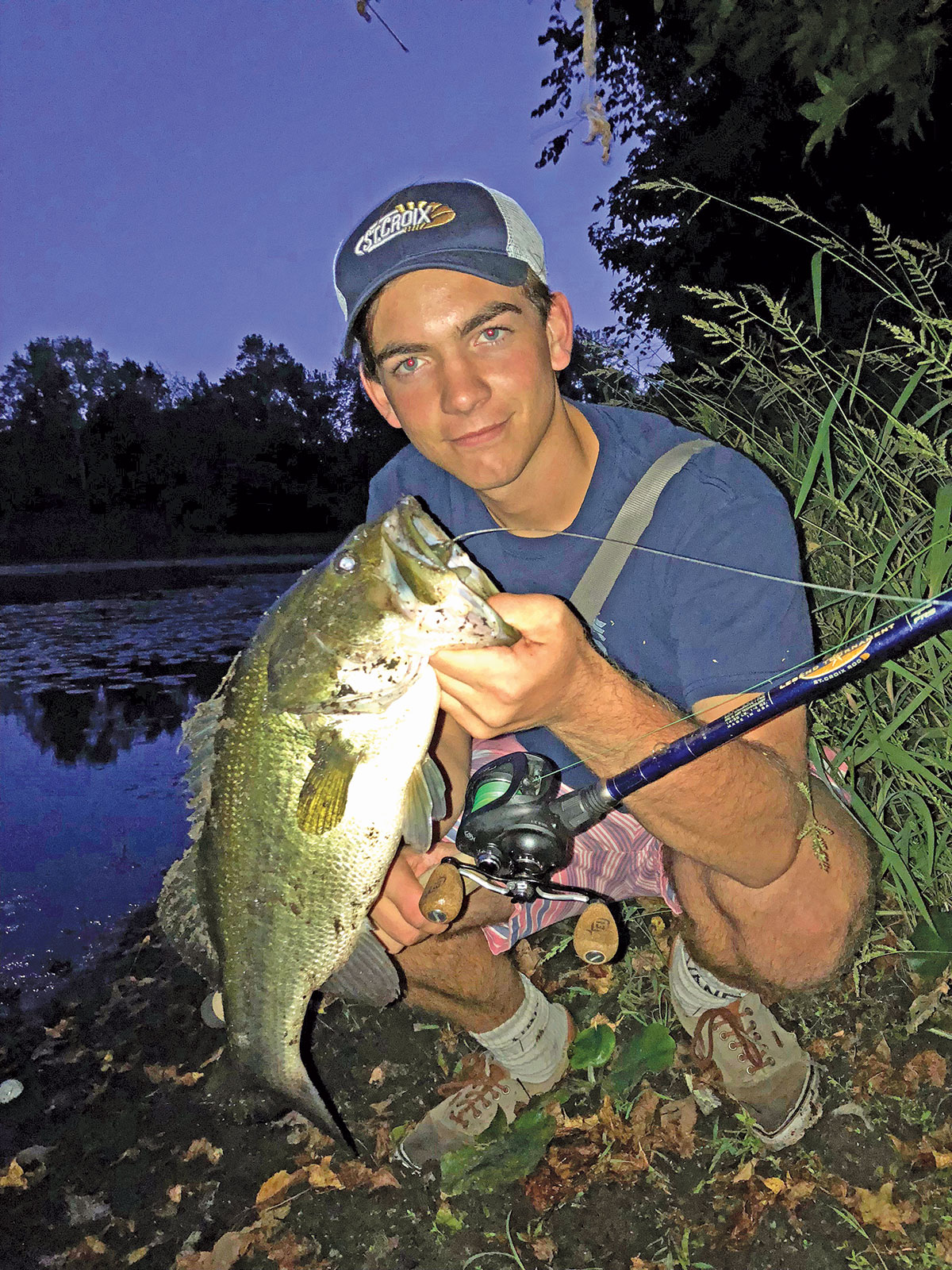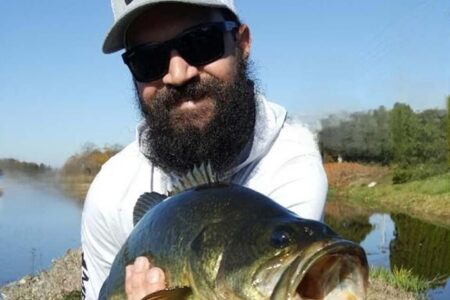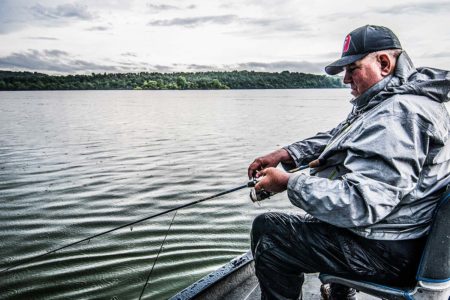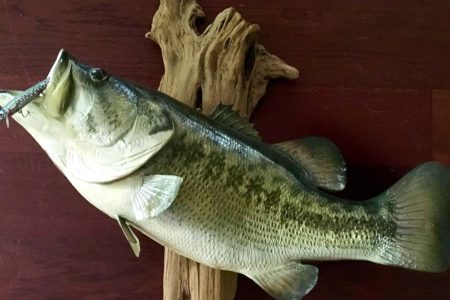
When summer gives way to fall, bass feed with increased urgency; here’s how to put it to your advantage.
As summer comes to an end, most anglers have the likes of striped bass or tuna on their minds, but many forget about freshwater and what it has to offer. Transitioning from summer to fall can be a great time to cash in on that trophy bass that you are looking for. Most people also overlook the ponds that we are lucky to have in our area. There are likely many trophy bass sitting in your backyard that you don’t even know about.
As the weather cools down, bass start to feed heavily to prepare for the coming winter months. With this in mind throwing various moving baits can generate the strike you are looking for from these bass. When choosing your bait start with matching the hatch that is in the pond you are fishing. Most of the forage in my local ponds consists of bluegill, shiners, shad, miscellaneous fry, and frogs. Throwing baits the same size and color as these prey items is a good place to begin in the fall as the bass are already accustomed to feeding on these items. Work lures like chatter baits, spinner baits, swimbaits, and crankbaits if the vegetation isn’t overgrown, right along the weed line and parallel to the bank.
For targeting trophy bass don’t be afraid to throw larger baits. You can put larger trailers on your chatter baits and spinner baits to increase their profile. Large weighted or weightless swimbaits in the 6- to 8-inch range are also another good option. Throwing these larger baits is going to limit the number of strikes you get but entice the bigger fish to take your bait. It can help improve your success rate by slowing down your retrieve and targeting ambush points on the larger offerings. Trophy bass wait for the ideal opportunity for an easy meal, and seeing a large, lazy bait working past a bass’s lair is a sure way to connect.
Another great fall option is topwater lures like soft body frogs, buzzbaits, and spooks. Work these baits the same as the sub-surface ones noted above; throw them along the weed lines and parallel to the bank. If matching the hatch isn’t working, then try a change-up bait by switching to a bright color. This often grabs the attention of fish that might have otherwise simply been observers. Changing up the bait in size and color sometimes can get you the bite you need when matching the hatch isn’t getting consistent action, too.
When fishing this transition time from summer to fall, the early to late morning and early evening into dark are the prime times to fish. This time of year it tends to be cooler in the morning with hot afternoons after the sun comes out. The bass can be found along the bank feeding in the morning as the water is a little cooler. Once the sun comes up, they push under the weed lines in the shade to stay cool and into deeper holes in the pond as the afternoons get hotter still, and the water warms up. Once the sun starts to set the bass push back out from the weed lines and onto the bank. This is why if you are targeting trophy bass it is key to fish these times of day.
Finally, when looking for that fall trophy bass, don’t overlook your local ponds no matter the size. If it has bass in it there is a trophy bass swimming in it somewhere, and now might just be your best shot at connecting with her. Who knows, you might have your very own honey hole under your nose and not even know about it.





